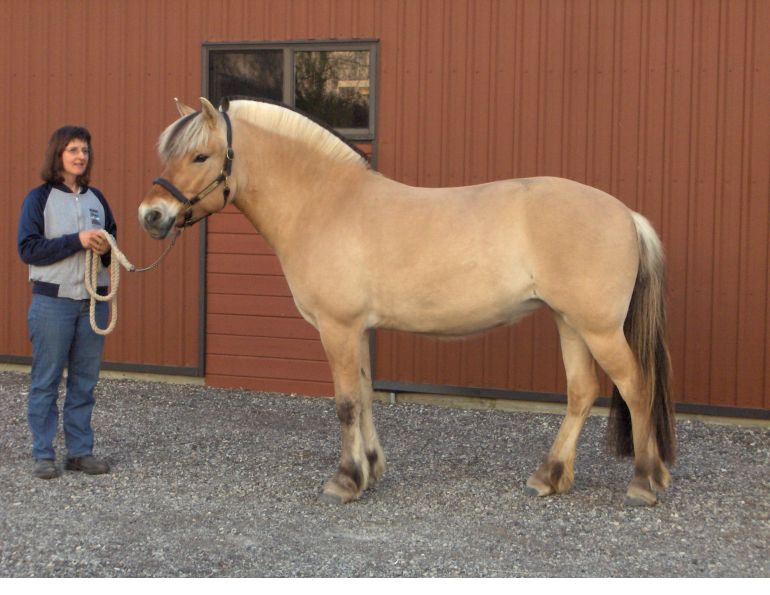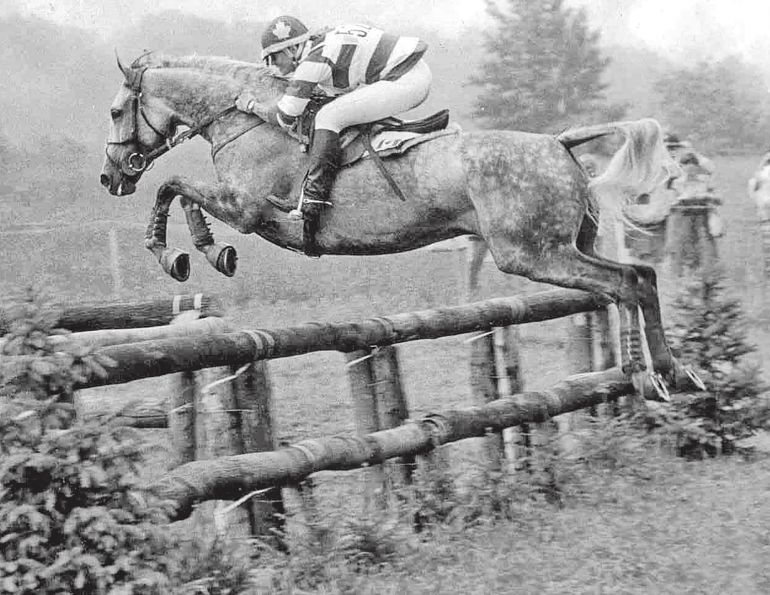By Margaret Evans
A sensational discovery was made recently of a completely intact prehistoric foal that lived in Siberia between 30,000 and 40,000 years ago during the Upper Paleolithic.
The foal, a colt, is believed to have been about two months old when it died. It has been so exquisitely preserved in the permafrost that its skin, dark brown hair, hooves including the frog, mane, tail, internal organs, muscles, and even the tiny hairs in its nostrils and the hairs around the coronet band are all completely intact. It is just 98 cm (38 inches) at the shoulder.
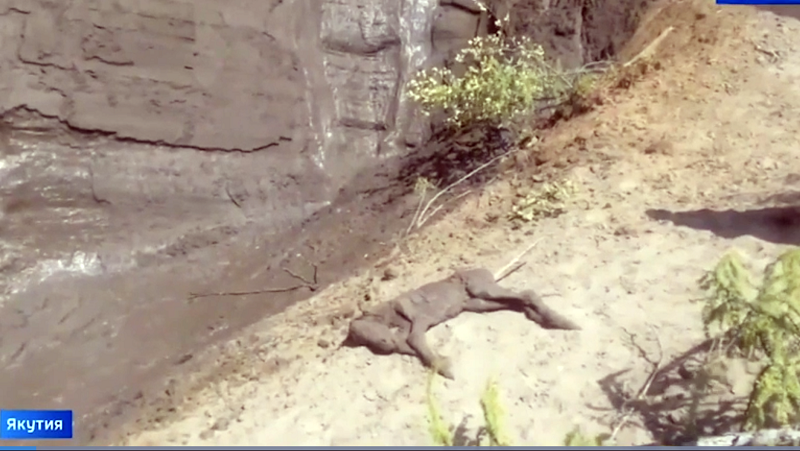

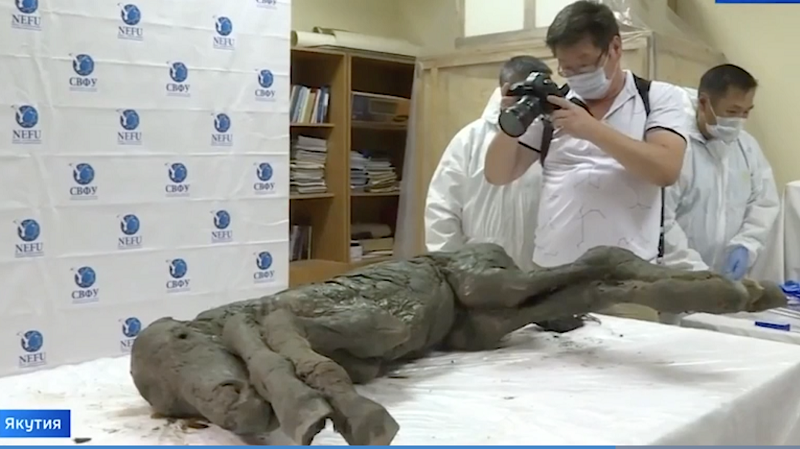
The colt was initially discovered by local residents in a tadpole-shaped depression in the region of Yakutia. The depression is known as the Batagaika crater, a megaslump one kilometer long, 800 metres wide and some 100 metres deep in the northeastern Siberian taiga (boreal forest). The fossil was excavated by scientists from Russia and Japan, and taken to the Mammoth Museum at the North-Eastern Federal University in Yakutsk, often cited as the coldest city in the world.
The crater was formed when the land began to sink in the 1960s as a result of climate change that accelerated melting permafrost. The crater grew and deepened with more flooding and in the process ice age fossils began surfacing around the rim, which continues to be unstable with more thawing and landslides. This massive hole in the ground is known as “the doorway to the underworld” to superstitious locals but, for passionate archaeologists, the crater is a treasure trove.
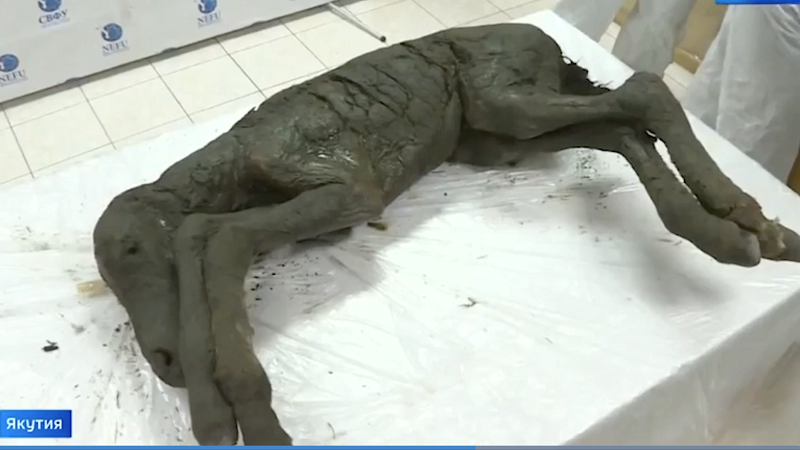
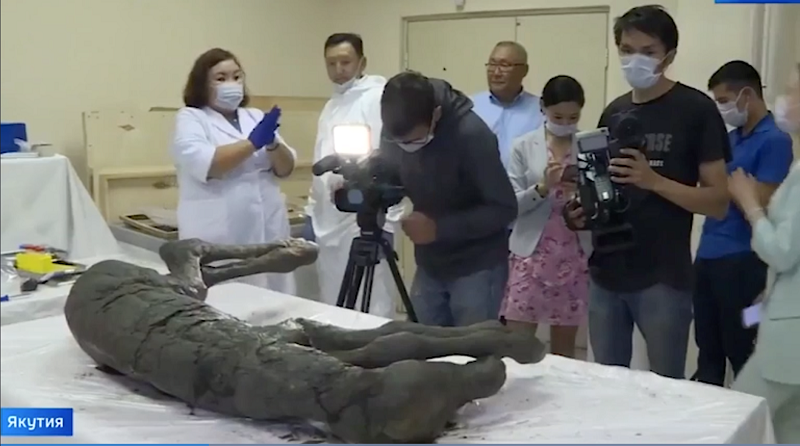
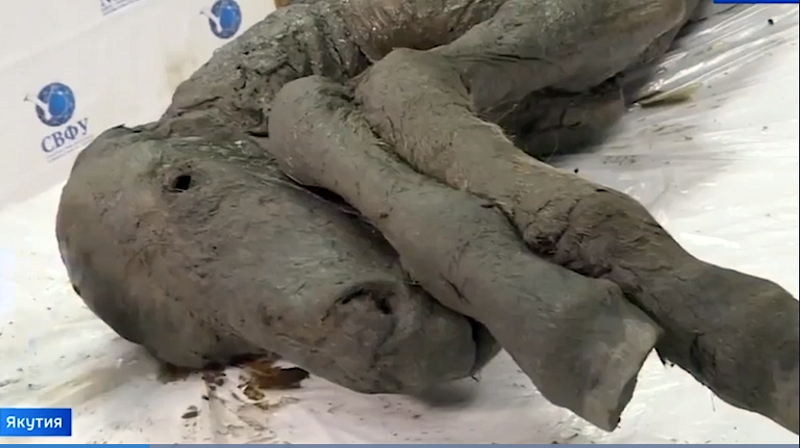
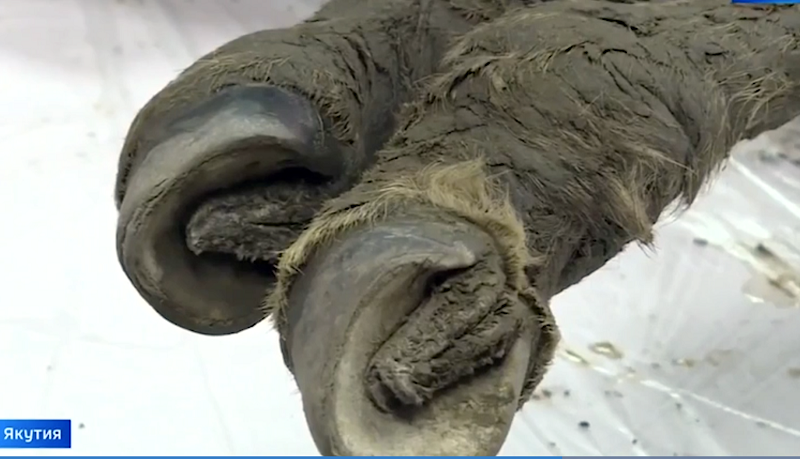
When the foal was excavated, soil samples around the area where it lay were also collected. They will be studied in detail to learn about the environment in which the foal lived. Once all the studies on the fossil and the surrounding material have been done, scientists will be able to determine more precisely when the foal lived and how it died, while studies of its stomach and bowel contents will show what it had been feeding on.
There don’t appear to be any external wounds or injuries on the fossil’s body and it has been theorized at this point that the foal might have been caught in a natural trap and drowned. Much more will be known as the studies are completed.
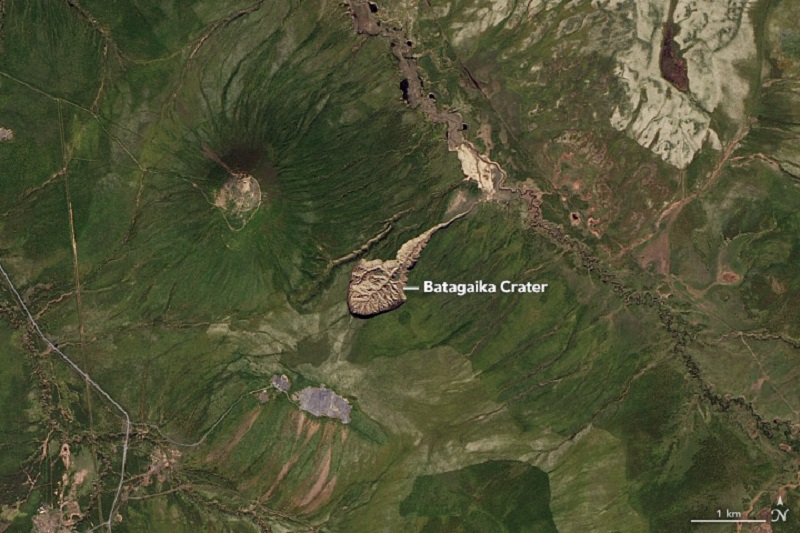
The massive Batagaika crater near the Yana river basin in Russia is growing at an alarming rate. The acceleration of growth provides insight into the impact of climate change on the permafrost, and the layers exposed suggest how the world looked in climates of the past. Photo: NASA Earth Observatory images by Jesse Allen, using Landsat data from the U.S. Geological Survey.
This is a truly amazing find. However, the region is famous for yielding fossils including mammoths, bison, and a woolly rhino. Earlier this year scientists discovered a perfectly preserved lion cub in the district of Yakutia. Like the foal, it was around two months old when it perished and had been frozen in permafrost for 50,000 years with its head resting on a paw. And also like the foal, there were no external injuries that might have indicated how it died.

The ancient foal is genetically distinct from today’s Yakut horse, a rare native breed from the Siberian Sakha Republic of Russia. These horses stay outside all winter in temperatures that can drop far below -60 degrees C. They have an incredible thick fur coat and find their own food under the snow. Photo: Maarten Takens/Flickr
According to the Science Alert website, the researchers say that the foal belonged to a now extinct species Equus caballus lenensis (Lena horse), which roamed ancient Siberia during Pleistocene times. It is genetically distinct from the modern day, yet rare, Yakut horse. Sometimes called the Yakutian, today’s horse is exceptionally hardy and adapted to the severe extremes of Siberian winters with a super thick coat and heavy fat layers.
There has been some talk of maybe cloning the fossil but any further thought on that will be set aside until all studies have been done to learn as much as possible about the little foal from our distant, frozen past.













